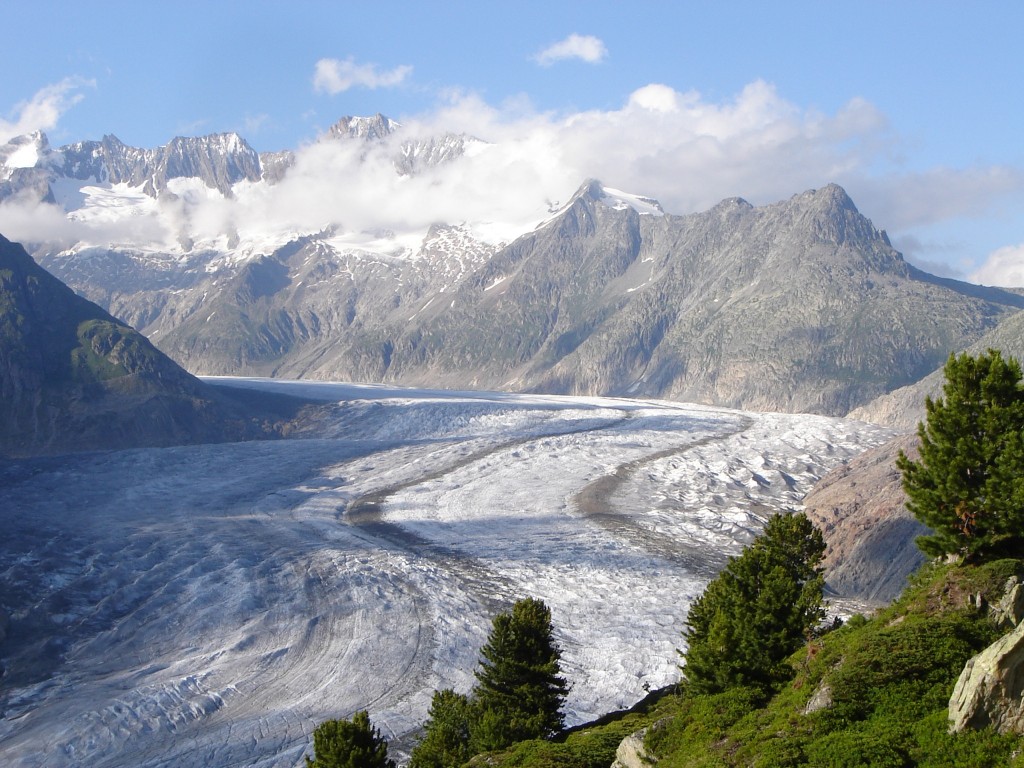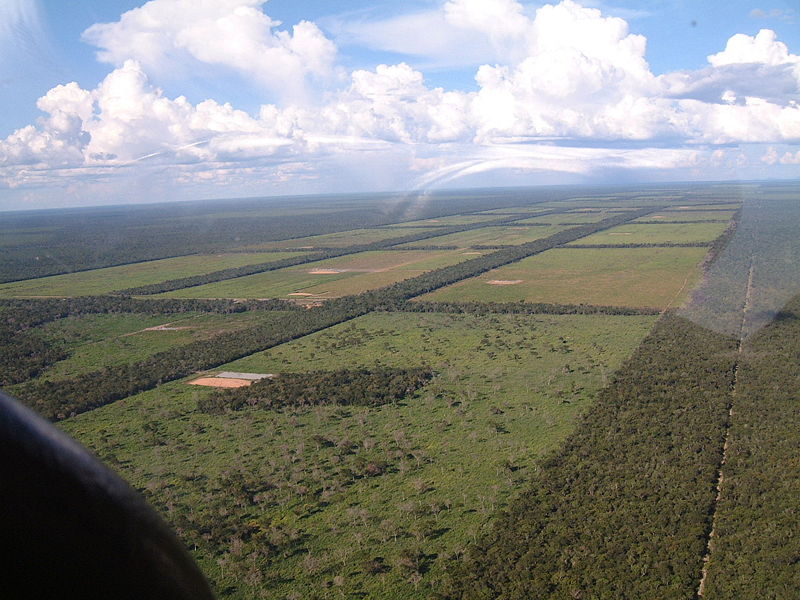by James Geary

When did human beings start changing the environment?
It’s a difficult question, since the further back in time you go the less reliable the evidence becomes. But thanks to new technologies and a new breed of innovative archeologist, the answers are becoming a little clearer.
The emerging field of biomolecular archaeology, for example, analyzes organic remains to discover ancient dietary regimes and medicinal practices. Using techniques like mass spectrometry and liquid gas chromatography, researchers at the Biomolecular Archaeology Laboratory at the University of Pennsylvania Museum in Philadelphia believe they have pinpointed the oldest alcoholic beverage in the world’a mixture of beer, fruit, wine, and mead brewed in China around 7000 BC. Whether the ancient libation improves after such a long period of maturation has not yet been determined…
The Biomolecular Archaeology Laboratory’s Patrick E. McGovern also pursues what he calls “archaeological oncology”‘identifying ancient medicinal substances, such as artemisinin, a traditional Chinese medicine that may inhibit lung and colon cancers. [1]
Archeologists in Spain used DNA analysis to determine that bones found in El Sidrón cave were not from casualties of the Spanish Civil War, as originally believed, but victims of a Neanderthal massacre who were later eaten by their murderers.
In the Dead Sea, scientists are drilling into the seabed to put together a chronicle of climate change that could reach as far back as 500 million years. The team recently completed it first borehole, extracting samples from some 1,500 feet below the sea floor. Analysis of the samples will show how the environment has changed over the past half millennium’hopefully providing clues about how it may change in the future.
Climate change’and our inadvertent contribution to it’is one of the crucial issues of the day. Understanding how and why we have changed the environment in the past is essential to understanding how we can manage that change in the future. David Wilkinson, a teaching assistant in environmental science at the School of Natural Sciences and Psychology at Liverpool John Moores University in the U.K., is pretty sure we started changing things when we started using fire.
It’s difficult to tell natural fires from human ones in the archaeological record, but there’s good evidence for human fires 250,000 years ago and reasonable evidence as far back as 400,000 years, possibly earlier. [2] So the first human-made regional effects on the environment are likely to have been an increase in the frequency of fires, with the result that more forests became grasslands.
Questions like this hold more than merely academic interest. In fact, Wilkinson’s work takes environmental science out of the academy and applies it to fundamental questions about how everything from biology to geology to climatology works together’with planet-wide consequences. “In the past, biology was viewed as organisms operating against a background of chemistry, rocks, atmosphere,” Wilkinson says. “That’s okay for short time scales. But when you look at temporally large scales, you can’t ignore the bigger processes. The links become increasingly important. Water, climate, atmosphere, chemistry are all heavily affected by life.”
Take the Amazon rainforest. You can study a few acres of rainforest and view the climate as a kind of backdrop for biodiversity, part of the scenery rather than the stage on which the action takes place. “But,” Wilkinson says, “if you step back and look at the big picture over a long time frame, there are crucial interactions between biology and climate.” If you clear-cut a rainforest, he explains, it may recover. But if you remove too many trees, the rainforest will never come back because lack of vegetation alters the rate of water evaporation, which in turn alters rainfall levels. Take away too many trees and a tropical region turns into a much drier climate.

“The Amazon is not separate from the climate,” says Wilkinson. “There is a feedback system between the two. As we move up the scale of things, we are forever hitting these interactions.”
And these interactions matter because the process of environmental change we set in motion with fire has reached an unprecedented level. Of course, any organism takes resources out of the environment and puts waste back in. That’s normal. What’s different today, according to Wilkinson, is the scale and the rate at which that exchange is taking place. After fire, the next great change came when, as Wilkinson puts it, “we started killing off things.” Some of the earliest human-caused extinctions took place about 13,000 years ago in North America. The cause: People with really good Stone Age technology, such as spears and other weapons.
“You don’t get big extinctions in Africa or Eurasia,” Wilkinson observes, “presumably because we evolved there. But when you go from no humans to really high-tech humans, that’s bad news. We are removing life at a large scale. How much can you lose before there are significant effects?”
The good news is, we understand the science of these planet-scale changes well enough to know what we’re doing wrong’and we have the technology to fix it. The difficult thing is summoning the political will to do so. “All politics is short term, even if you’re a dictator,” Wilkinson says. “We need to think in planetary time scales. The time scale of politics is the wrong one for climate solutions.” So, if you want to save the world, Wilkinson suggests the social sciences or even politics. Lighting a fire under the electorate to inspire more long-term thinking’that’s one change we can’t live without.
Notes:
[1] P. E. McGovern, M. Christofidou-Solomidou, W. Wang, F. Dukes, T. Davidson, and W.S. El-Deiry. “Anticancer Activity of Botanical Compounds in Ancient Fermente Beverages.” International Journal of Oncology 37(1) (2010), 5-21.
[2] although debated, on cultural ignition by human ancestors, see David Richardson. Ecology and Biogeography of Pinus. Cambridge University Press, 2000, 193. The 400,000 BP year figure is for Europe and China; also suggested at Swartkrans in South Africa at 1.5 million years BP. Also see the Israeli site of Gesher Benot Ya’aqov where suggested date is around 790,000 years BP for Homo erectus or Homo ergaster use. Nira Alperson-Afil. “Continual fire-making by Hominins at Gesher Benot Ya‘aqov, Israel”. Quaternary Science Reviews 27.17-18 (2008) 1733-39.